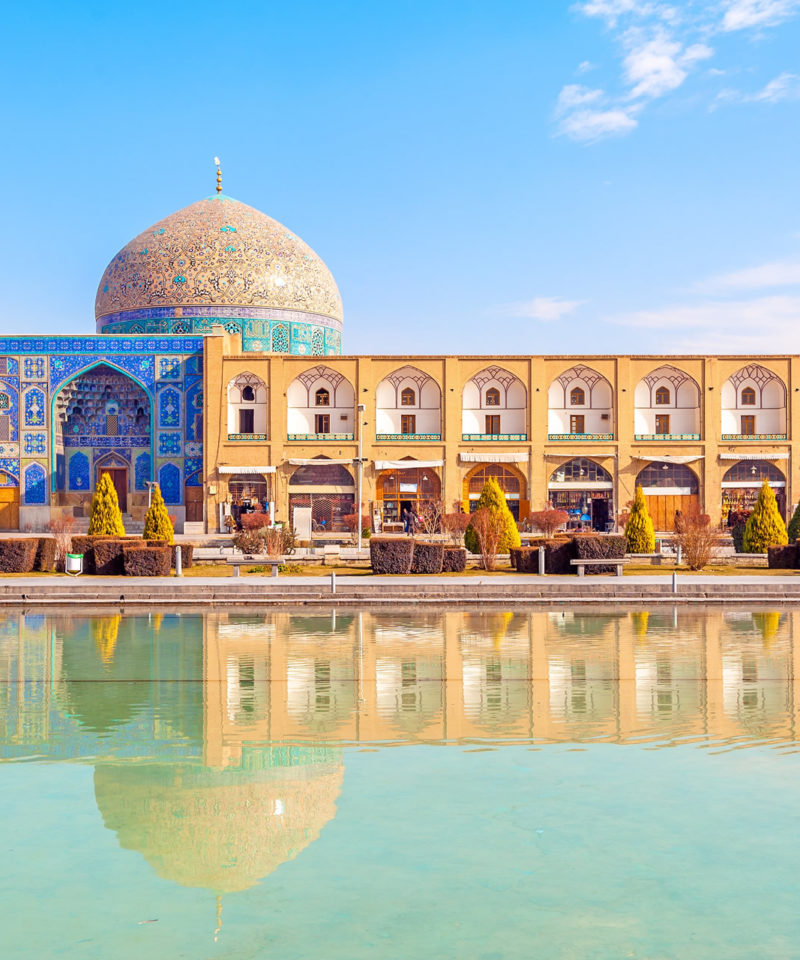Many articles have been written on the issue of Zarif resignation, the reasons behind it and future perspectives of the Pezeshkian Government, currently under pressure from the hardliners (Paydari front MPs are more vocal than ever in these days).
One of the most comprehensive is this one: Inside story: Zarif submits resignation after meeting with Iranian chief justice | Amwaj.media.
The reasons that led for the second time Zarif to resign are public and concern the implementation of the 2022 law barring individuals with ties to the west to hold senior positions. Zarif has been regularly grilled by the hardliners because of the US nationality of his US born children. The first time he resigned, in august 2024, Pezeshkian did not formally accept his resignation. Therefore, Zarif joined back the Government in matter of days.
At that time there were rumors, pushed from the reformist camp, that Zarif joined the Government in the first place because he was supported by SL Khamenei and his circle of power. Khabar on line, close to Ali Larijani, himself closer than ever in these days to Khamenei, published a story according to which Kamal Kharazi, a reformist politician, former Minister of Foreign Affairs, actually member of the Expediency Council, wrote a letter to the leadership (not clear if he is referring to Khamenei himself or his circle), requesting that this law exclude children who have acquired citizenship by force. Allegedly, the “leadership” wrote a marginal note to the letter and that letter was sent to the relevant committee in the parliament. Consequently, the reformists believed that Zarif got the leadership green light.
The reported article (Amwaj media) while mentioning the role played by the Chief Justice of Iran Mohseni Ejei, argues that on the matter Zarif got the support of the Government-aligned Ministry of Intelligence while the IRGC Intelligence Organisation had a different opinion and could have pushed for his resignation. Moreover, it highlights that there has been for some time tension between Zarif and some of Pezeshkian advisors.
Many hardliners believed that with the announcement by Trump of the renewed “maximum pressure” strategy there was not anymore need of the political figure who negotiated the 2015 JCPOA. In other words, the Zarif smiles at Davos are now useless. If this interpretation is correct then, Zarif would have been the first “political” victim of Trump.
The political scenario became even more complex for Pezeshkian after the Majlis on sunday 2 march again overwhelmingly voted the impeachment of Minister of Economic Affairs and Finance Abdolnasser Hemmati, accused of having mismanaged the economy, causing a rise of the inflation and a devaluation of the rial in the open market.
Of note, some iranian analysts believe that the hardliners pushed for the impeachment of Hemmati in order to protect the Governor of the Central Bank Farzin (who shared in theory some responsibilities for the collapse of the value of the rial), one of the survivors of the Raisi administration. This has been confirmed to the author by trusted sources in Teheran.
Moreover, it has been noted that during the impeachment process, the speaker of the Parliament Ghalibaf faction stood by the hardliners and Saeed Jalili faction and this does suggest a potential shift in the political dynamics of the parliament in the coming months.
There is general consensus over the fact that Zarif resignation and the impeachment of Hemmati indicate a rightward drift following the renewed pressure by US.
However, the notion pushed by the Paydari MPs and the Sobh-e Iran front, that at the time of Raisi administration the economy went well and everything was fine was put to rest yesterday with the condemnation of two key figures of the Raisi administration for the Debsh tea corruption scandal (3,37 billion dollars), former Minister of Agriculture Sadatinejad and Raisi former advisor and former Minister of Industry, Mining and Trade, Fatemi Amin.
Some reformists believe the impeachment of Hemmati could be just the first step. Former Mayor of Teheran Karbashi believes that the next Minister to leave Pezeshkian will be the Minister of Health and Medical Education Zafarghandi and the Minister of Cooperatives, Labour and Social Welfare Meydari. One of Pezeshkian supporters, Jalal Mahmoudzadeh, told Khabar on line that actually more than 75 % of Pezeshkian cabinet consists of individuals and political forces opposed to the Government.
Sources in Teheran told the author that the described internal dynamics are somehow “approved” by the highest “hierarchy”. That would be consistent with the interpretation described earlier.
The same sources said in recent days an increased US activity near iranian border has been detected. In particular, images showed a US MQ-4C reconnaissance drone violating iranian aispace. The same increased activity has been detected in Iran in the Persian Gulf Region.
All of this happens in a context where Europeans, under pressure from US and Israel, are likely to push for triggering the “snapback mechanism” before the october deadline, while Iran has threatened to withdraw from the NPT (Non Proliferation Treaty).
Difficult times ahead for Pezeshkian.
